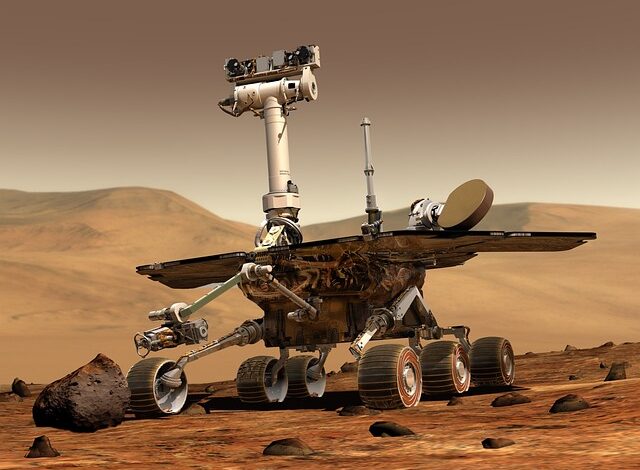Finding New Planets The Latest Breakthroughs in Exoplanet Research


Introduction

Researchers around the world are constantly pushing the boundaries of our knowledge about the universe. One of the most exciting fields of study in modern science is exoplanet research, where scientists are on the hunt for planets outside of our solar system. In recent years, there have been several groundbreaking discoveries that have expanded our understanding of the cosmos. Let’s take a look at some of the latest breakthroughs in exoplanet research.

The Kepler Mission
In the past decade, the Kepler Space Telescope has revolutionized exoplanet research by discovering thousands of exoplanets. By utilizing the transit method, where a planet’s presence is deduced by the slight dimming of its host star as it passes in front of it, the Kepler mission has provided valuable insights into the diversity of planetary systems in our galaxy. Scientists have been able to identify planets ranging from rocky worlds like Earth to gas giants like Jupiter.
Exoplanet Atmospheres
One of the key areas of focus in exoplanet research is studying the atmospheres of these distant worlds. By analyzing the chemical composition of exoplanet atmospheres, scientists can gain insights into their potential habitability and composition. Researchers have used instruments like the Hubble Space Telescope and the James Webb Space Telescope to study the atmospheres of exoplanets, with promising results.
Technological Advances
Advances in technology have played a significant role in expanding our ability to detect exoplanets. New instruments and techniques, such as the transit method, radial velocity method, and gravitational microlensing, have all contributed to the rapid pace of exoplanet discoveries in recent years. Researchers are constantly developing new technologies to improve our ability to study these distant worlds.
Potentially Habitable Exoplanets
One of the most fascinating aspects of exoplanet research is the search for potentially habitable worlds. Scientists are particularly interested in finding exoplanets that are within the “habitable zone” of their host star, where liquid water could exist on the surface. The discovery of exoplanets like Proxima Centauri b, TRAPPIST-1e, and Kepler-186f have sparked excitement in the scientific community as potential candidates for hosting life.
The Search for Extraterrestrial Life
One of the ultimate goals of exoplanet research is to find evidence of extraterrestrial life. While no definitive proof has been found yet, researchers are actively studying exoplanets for signs of life, such as the presence of biosignatures in their atmospheres. The discovery of microbial life on Mars or Europa would be a major breakthrough in our search for extraterrestrial life.
Future Prospects
As technology continues to advance and our understanding of the universe deepens, the future of exoplanet research looks promising. Scientists are optimistic about the potential for new discoveries in the coming years, with upcoming missions like the James Webb Space Telescope and the Transiting Exoplanet Survey Satellite (TESS) poised to revolutionize our knowledge of exoplanets. The search for new planets outside of our solar system is an exciting field that holds immense potential for unlocking the mysteries of the cosmos.
